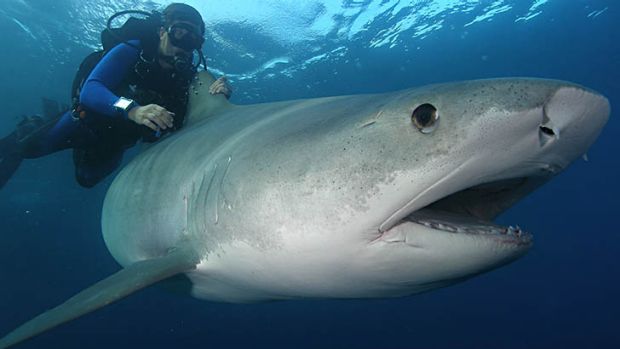Do you know that the earth is divided into natural areas called biomes? A biome is a large region of the earth that has a certain climate and certain types of living things like animals and plants. Some of the major biomes comprise tundra, forests, grasslands, and deserts.
Each has its unique ecosystem which includes its climate, geography, and the plants and animals that live there, and although the earth has many different types of unique biomes. They fall into two main categories: terrestrial biomes or land and aquatic biomes which are both freshwater and marine.
Each of these biomes has traits in plants and animals that help them survive in particular biomes and they also depend on each other for their survival. Now there are some smaller areas called ecosystems and each biome has many different ecosystems. Biomes have moved and changed at different times throughout the history of our earth. So you might be asking right now well how many biomes are there.
There’s no correct answer to this question. The reason for this is because there are zones in between biomes where some blend into each other. So some ecologists believe that these zones are also separate biomes. For example, some people say that there are only five major types of biomes: Aquatic, Desert, Forest, Grassland, and Tundra. But others split biomes even further.
Forests can be separated into categories like Rainforest, Temperate forest, Chaparral, and Taiga. Then you have grasslands and they are divided into Savannah and Temperate Grasslands. Next, There are Aquatic Biomes which are split into freshwater and marine or ocean water or saltwater. However, if you want the seven generally accepted biomes, they would be water which could be freshwater or ocean water, rain forest, tundra, desert, taiga which is a carnivorous forest, deciduous forest, and grasslands.
Tropical Rain forests:

This kind of biome receives constant rain throughout the year, which gives rise to these areas (usually got at the equator) lush with tropical plants, trees, rivers, streams, and rich, fertile soil. Most of the trees found in the tropical rainforest maintain their leaves, and scientists still find new plants and animal species within this ecological community.
Temperate Forests:

These forests have four different seasons – as described in the tropical rainforest – with many evergreen and deciduous trees, which are trees that relieve their leaves in the fall and winter. Cold winters and warm summers help a variety of bird and animal life comprising bears that slumber during the winter months, deer, elk, squirrels, foxes, wolves, coyotes, and other small mammals.
Temperate forests comprise oak, beech, and maple.
Taiga:

These ecological communities affect some of the oldest forests in the world. They’re also convened as boreal forests. As the biggest of the seven land biomes, taiga comprises mostly of conifers like fir, pine, and cedar with needle-shaped leaves that remain green most of the year. Long, cold winters compel migratory birds south and mammals to improve thick, white coats in the winter.
Boreal forests are affected by evergreen conifers.
Deserts:

The desert biome is generously noticed for its hot, dry summers and cold winters. Most deserts receive slight rainfall, and some of the plants developed to retain water to grow. Cacti evolved spines to conserve their fleshy hulls that preserve water for those arid months. Snakes, lizards, and other cold-blooded reptiles winter undercover only to come out when the weather turns warm.
Grasslands:

These grasslands represent the great prairies or plains affected by grasses, treeless plains, and large herds of grazing animals like buffalo, bison, or deer in the United States. Adequate rain falls to maintain grasses and herbs growing, but dry summers and fires keep trees from taking hold.
Grasslands are seen in Asia, the Americas, and Europe.
Savanna:

Unlike grasslands, savannas get adequate rain to help trees in groups or dotted throughout the environment. Grazing herd animals keep long legs to move away from the many predators that grow in the large, flat plains like lions, hyenas, as, and cheetahs.
Tundra:

Large swaths of land noted by flat, cold plains help low grasses, plan, ts, and green moss in the summer. Much of the tundra comprises permafrost – frozen ground – just beneath the ground’s earth. Mice and other small animals go underground during winter freezes.
Conclusion
In today’s blog post, we have discussed biomes. If you want to learn more, keep browsing our blogging site.





